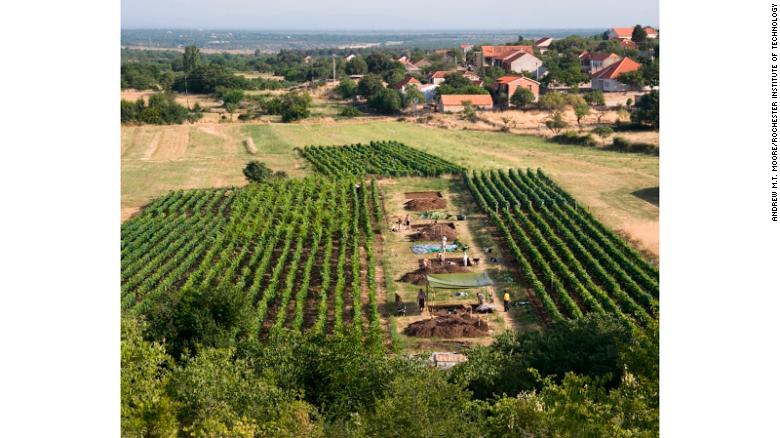These 7,200-Year-Old Animal Pots From Croatia Contain Traces Of Cheese

Cheese is undeniably a favorite food around the world, and it appears that it was also vital for ancient humans. On a coast in Croatia, scientists have discovered animal-shaped pots belonging to humans that lived 7,200 years ago. Those pots, writes the study published in Plos One, contained traces of the oldest Cheese in the Mediterranean area.
The article was published on 5 September, and the team leader Ph.D. Sarah B. McClure (Penn State associate professor of anthropology), revealed the results of analysis on those pots. Traces of cheese showed that these pots were mainly used for this type of food, meaning that it was vital for the humans’ survival.
Previous studies in that area and analysis of pottery found that the people that lived there stored milk for at least 7,700 years, but this finding shows that Neolithic people knew how to make cheese from milk, explained McClure:
“This pushes back cheese-making by 4,000 years.”
Making cheese was important because it was highly nutritional. And if the lactose-intolerant people couldn’t drink the milk, soft cheese and yogurt made dairy easier to be digested, added McClure:
“Despite the prevalence of lactose-intolerance among ancient farmers, milk could be consumed by young children, while fermentation and cheese production allowed adults to digest dairy products and benefit from their significant nutritional advantages.”
The team found many details from investigating the four types of pots used to store and make cheese. They scanned for carbon isotopes on the inside of these pots and discovered fats derived from cheese trapped in the inner surface of the rhyta, curvy, footed bowls (- that looked like animals or humans):
“We set out to look for food residues, thinking that we would find milk given other research in the region. But we were surprised to find evidence of cheese, as well as milk in specialized vessels.”
Further studies on the bowls found that these people ate “a firm cheese, likely like a farmer’s cheese or feta.”
The team explains in the paper that cheese opened up opportunities for the Neolithic people to migrate into Europe:
“We suggest that milk and cheese production among Europe’s early farmers reduced infant mortality and helped stimulate demographic shifts that propelled farming communities to expand to northern latitudes.”

0 comments